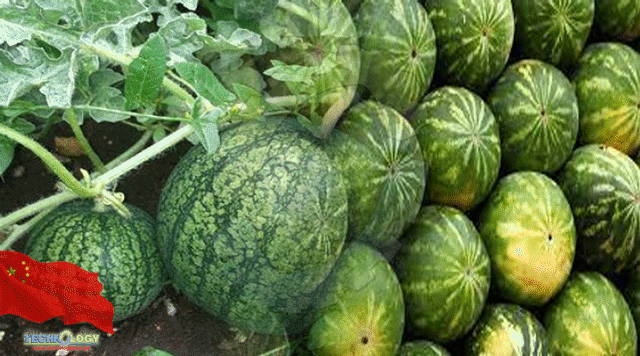Chinese researchers have revealed the genetic variation basis in watermelon seed size based on a systematic study. A comprehensive understanding of the natural variation is important for breeding cultivars with target sizes and may provide insights into the domestication process of different species.

Chinese researchers have revealed the genetic variation basis in size based on a systematic study on the molecular basis of natural variation, according to the Chinese Academy of Agricultural Sciences.
Seed size is one of the important agronomic traits of watermelon and different watermelon germplasm resources would lead to great differences in size. Therefore, a comprehensive understanding of the natural variation in watermelon is important for breeding cultivars with target seed sizes and may provide insights into the domestication process of different species.
Through the Genome-Wide Association Study (GWAS), the research team examined five size traits, including 100-seed weight (100 SWT), seed hilum length (SHL), seed length (SL), seed width (SWD), and seed thickness (STH) in 197 watermelon accessions, according to a study published in the journal Horticulture Research.
The researchers found that seed enlargement was an important feature during size domestication. The seed-consumed biological species Citrullus mucosospermus and the edible seed watermelon Citrullus lanatus had significantly larger seeds than the other species.
The study also showed that watermelon seed is mainly determined by 100-seed weight, seed length and seed width.
The findings provide molecular insights into the natural variation in watermelon seed size, and valuable information for molecular marker-assisted breeding, the researchers said.
This news was originally published by Xinhua.